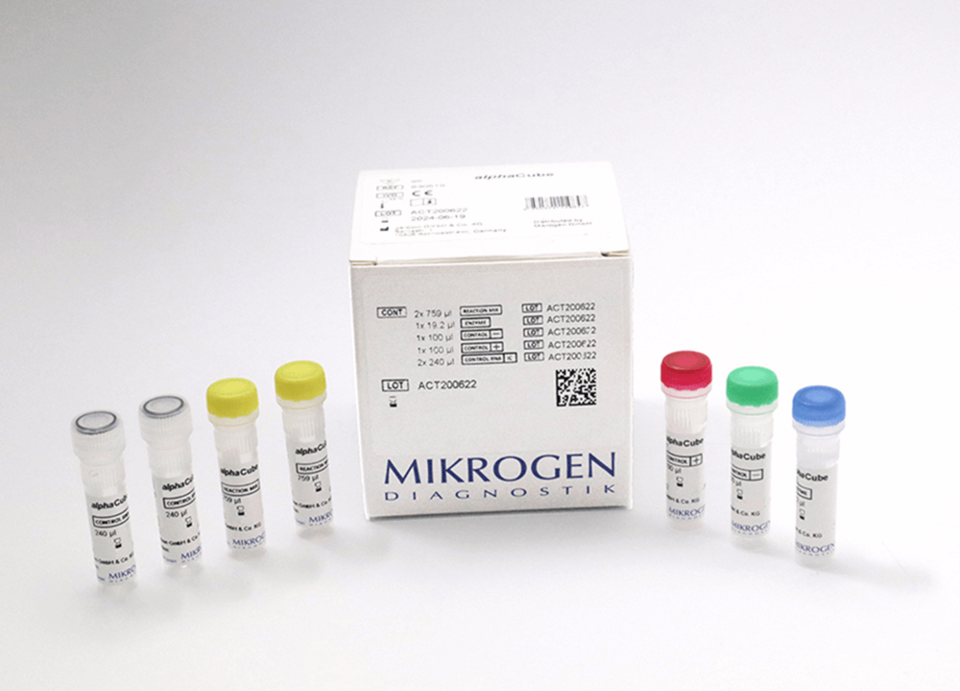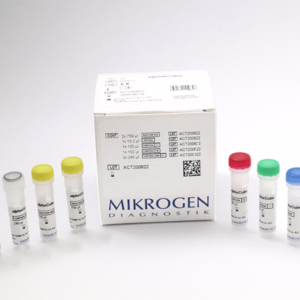| Weight | 1 lbs |
|---|---|
| Dimensions | 9 × 5 × 2 in |
| target | respiraRNA 3 |
| species reactivity | For the detection of Influenza A and B and Respiratory Syncytial Virus (RSV) |
| applications | RT PCR |
| assay type | direct & qualitative |
| available sizes | 96 tests |
respiraRNA 3 RT-PCR test Mikrogen 830507
$487.00
Summary
- Mikrogen diagnostik RT PCR kit for research use (RUO)
- Direct Respiratory syncytial virus (RSV), Influenza A, Influenza B detection
- High sensitivity and specificity
- Internal control for monitoring nucleic acid extraction
(RNA/DNA) and real-time PCR inhibition in each reaction - Compatible with most common real-time PCR cyclers & RNA/DNA extraction methods
- 96 tests
respiraRNA 3 RT-PCR test Mikrogen 830507
| kit | |||||||||||||||
|---|---|---|---|---|---|---|---|---|---|---|---|---|---|---|---|
| Assay type RT PCR | |||||||||||||||
| Research area Infectious Disease | |||||||||||||||
| Sample type whole blood, serum, plasma, urine, tissue, stool, etc., food and environmental samples or from the carrier material | |||||||||||||||
Notes
| |||||||||||||||
Components
| |||||||||||||||
| Storage Store at -20°C. | |||||||||||||||
| Additional information Highly sensitive and specific direct detection of pathogens that can cause tick-borne infections
Applicable to human starting material as well as RNA/DNA from the tick |
| target relevance |
|---|
| Organism Respiratory Syncytial Virus |
| Protein names Respiratory Syncytial Virus (RSV) |
| Structure and strains Respiratory syncytial virus (RSV), also called human respiratory syncytial virus (hRSV) and human orthopneumovirus, is a contagious virus that causes infections of the respiratory tract. It is a negative-sense, single-stranded RNA virus. Its name is derived from the large cells known as syncytia that form when infected cells fuse. |
| Detection and diagnosis Antigen and antibody detection methods are important in the diagnosis of RSV infections. In serology, ELISA tests, which allow for the differentiation of IgA, IgG and IgM immunoglobulin classes, are of increasing importance. |
Data
| No results found |
Publications
| pmid | title | authors | citation |
|---|---|---|---|
| We haven't added any publications to our database yet. | |||
Protocols
| relevant to this product |
|---|
| 830507 protocol |
Documents
| # | ||
|---|---|---|
| Please enter your product and batch number here to retrieve product datasheet, SDS, and QC information. | ||
Only logged in customers who have purchased this product may leave a review.


Reviews
There are no reviews yet.